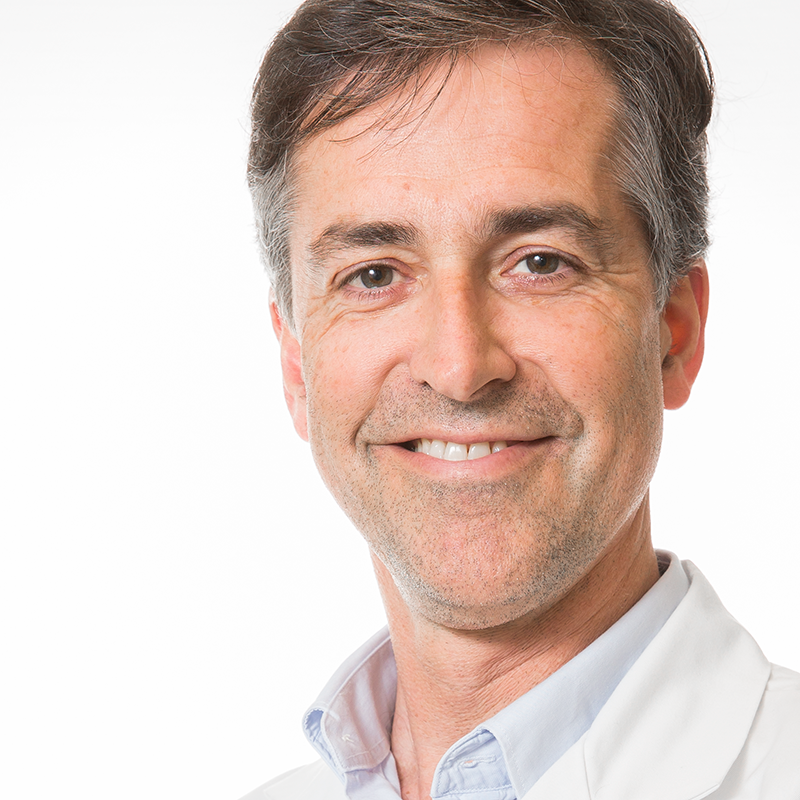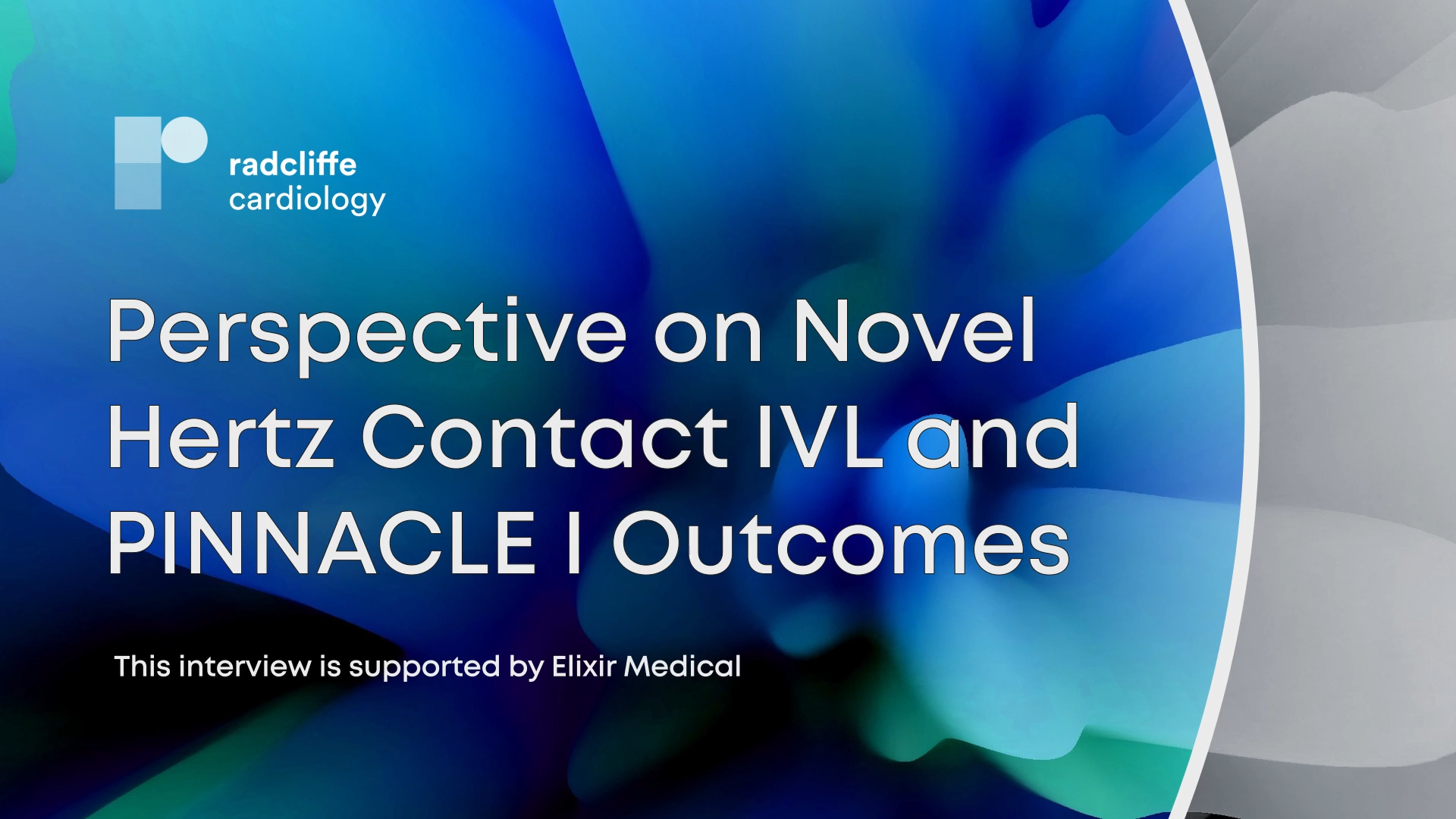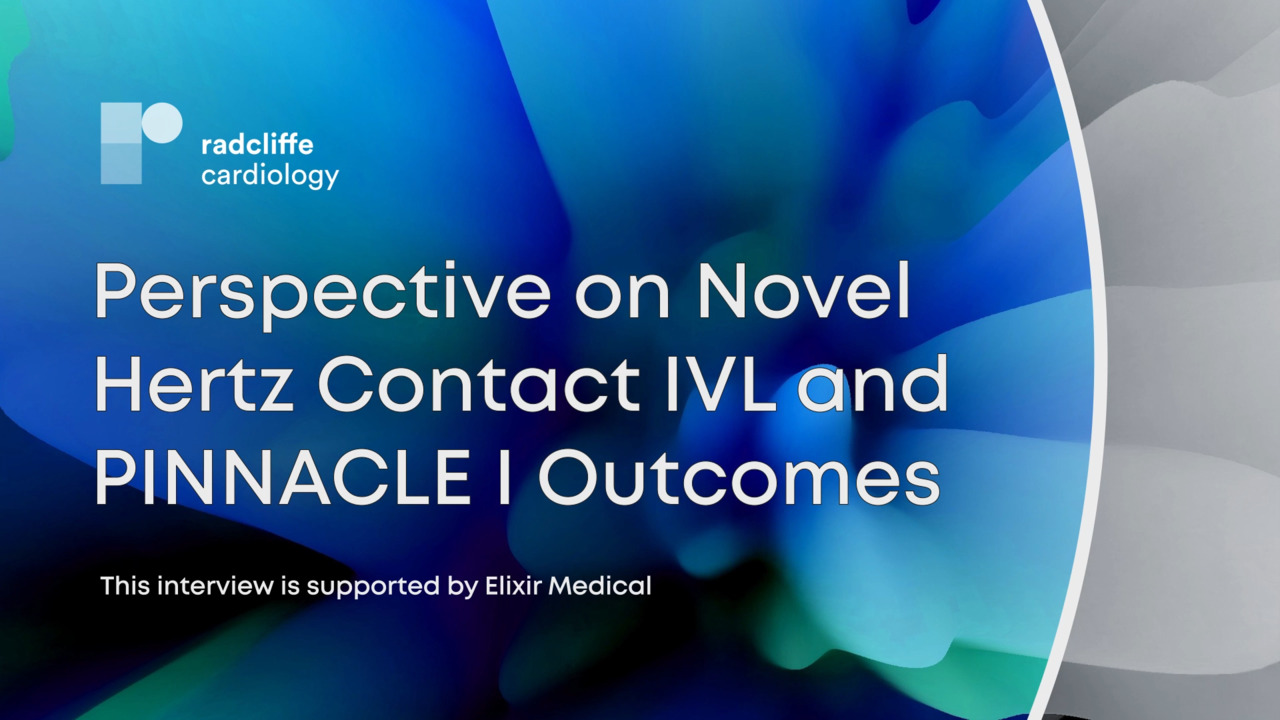Novel Outcomes in Calcium Fragmentation: Hertz Contact Intravascular Lithotripsy and PINNACLE I Outcomes
Published: 15 August 2024
-
Views:
 630
630
-
Likes:
 7
7
-
Views:
 630
630
-
Likes:
 7
7
Overview
Recorded at EuroPCR 2024 in Paris, these interviews provide insight into the Hertz Contact Intravascular Lithotripsy and PINNACLE I study.

Learning Objectives
- Understand the mechanism of action of the novel Hertz Contact Intravascular Lithotripsy technology, clinical design and goal of the PINNACLE I study
- Review the clinical endpoints and results of the PINNACLE I study
- Discover the clinical practice implications of the novel technology and study outcomes
Target Audience
- Interventional Cardiologists
- PCI Operators
More from this programme
Part 1
Perspective on Novel Hertz Contact IVL and PINNACLE I Outcomes
In this insightful interview, Dr Valeria Paradies and Dr Stefan Verheye introduce the novel Hertz Contact Intravascular Lithotripsy technology and discuss the findings and implications of PINNACLE I study. The conversation delves into the technology design and mechanism of action as well as the PINNACLE I study's design, unique results by OCT and future implications for clinical practice.1
Doctors discuss the primary and OCT imaging endpoints of the study. The primary safety and effectiveness endpoint, residual stenosis <50% with no in-hospital MACE through discharge, was reported at 98.3%, indicating a favourable outcome. Notably, calcium fragmentation effectiveness was demonstrated across a broad range of moderate to severe calcium morphologies. Secondary endpoints in OCT imaging subgroup included calcium fractures assessment - 1+ calcium fractures were identified in 90.6% and 2-3+ fractures in 75% of lesions, with high fracture depth and width. Short procedure and fluoroscopy times were also reported demonstrating simplified and streamlined procedure and easy learning curve.1
References:
1. Hertz Contact Intravascular Lithotripsy. PINNACLE I Trial Primary Outcomes. S. Verheye. EuroPCR 2024.
Part 2
Perspective on Novel Hertz Contact IVL and PINNACLE I Outcomes
In this interview, Dr Alasnag discusses the design and mechanism of action of the novel Hertz Contact IVL and goals and outcomes of the PINNACLE I study. She shares her view on the advantages of this novel technology vs existing calcium fragmentation solutions and the implications on the procedural workflow. While summarising the outcomes of PINNACLE I study she emphasises the simplicity of the procedure and effectiveness of the technology across a broad range of moderate to severe calcium morphologies.1
References:
1. Hertz Contact Intravascular Lithotripsy. PINNACLE I Trial Primary Outcomes. S. Verheye. EuroPCR 2024.
Faculty Biographies

Stefan Verheye
Interventional Cardiologist
Dr Stefan Verheye, is a senior interventional cardiologist at the Antwerp Cardiovascular Center, Antwerp Belgium since 2000. He is a member of the European Association of Percutaneous Cardiovascular Interventions, a member of the Belgian Working Group on Interventional Cardiology, and has been appointed as Clinical Professor Interventional Cardiology at the University of Brussels. He serves as a member of Scientific Advisory Board of several medical device manufacturers. Dr Verheye is the author of over 150 peer-reviewed journals, ten book chapters, over 400 abstracts, serves on the editorial board of the European Heart Journal – Digital Health and has led (as global principal investigator) and participated in numerous clinical (Phase I and II) and pre-clinical research studies in the field of innovative interventional cardiology (coronary artery disease, structural heart disease, heart failure).

Valeria Paradies
Dr Valeria Paradies is an interventional cardiologist at Maasstad Hospital and PhD Candidate at Erasmus University Medical Center, Rotterdam, the Netherlands. Her research interests focus on pharmacotherapy and full revascularisation in ACS, stent platform safety, intravascular imaging for PCI guidance, and non-obstructive coronary artery disease.








Comments